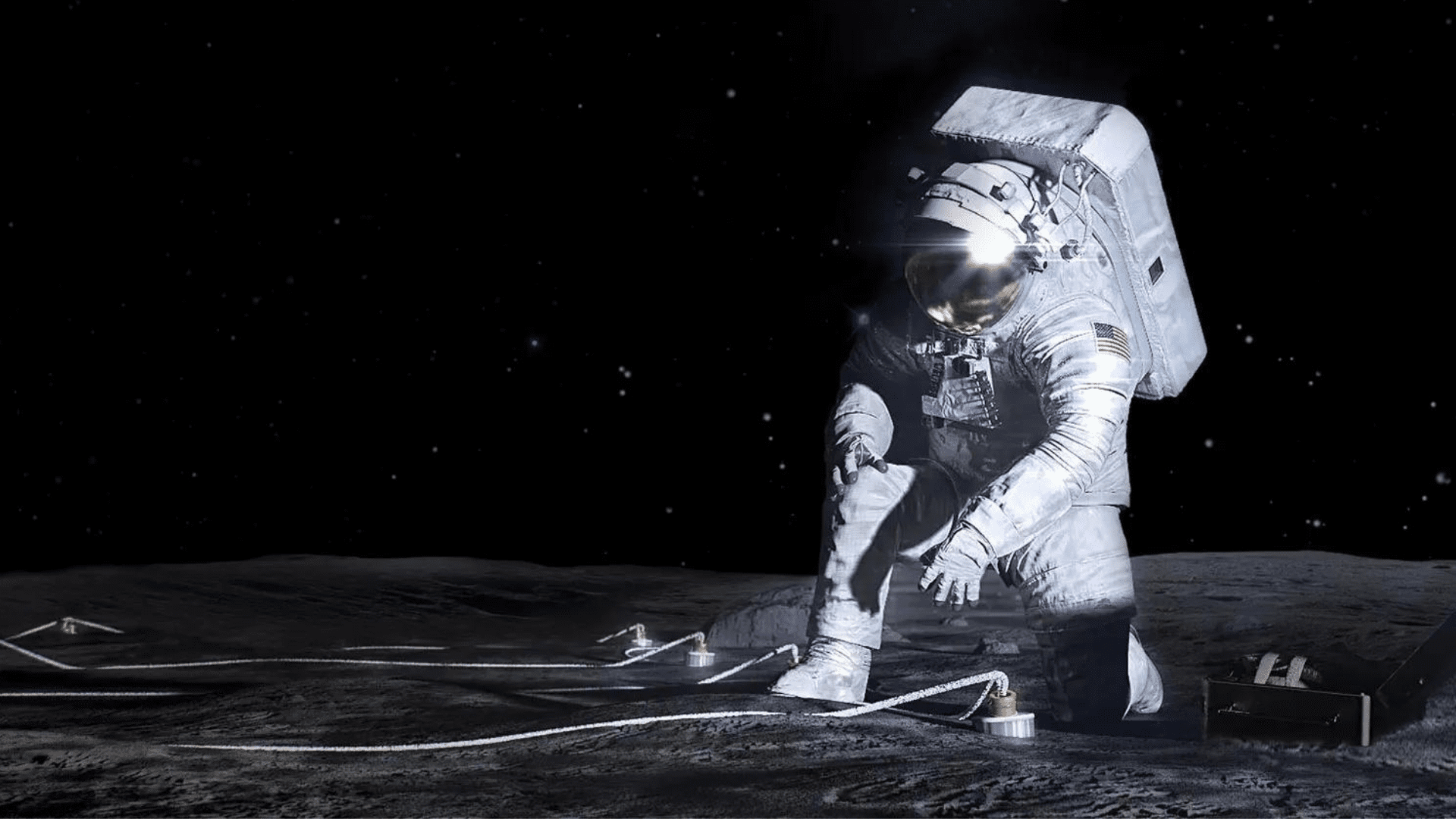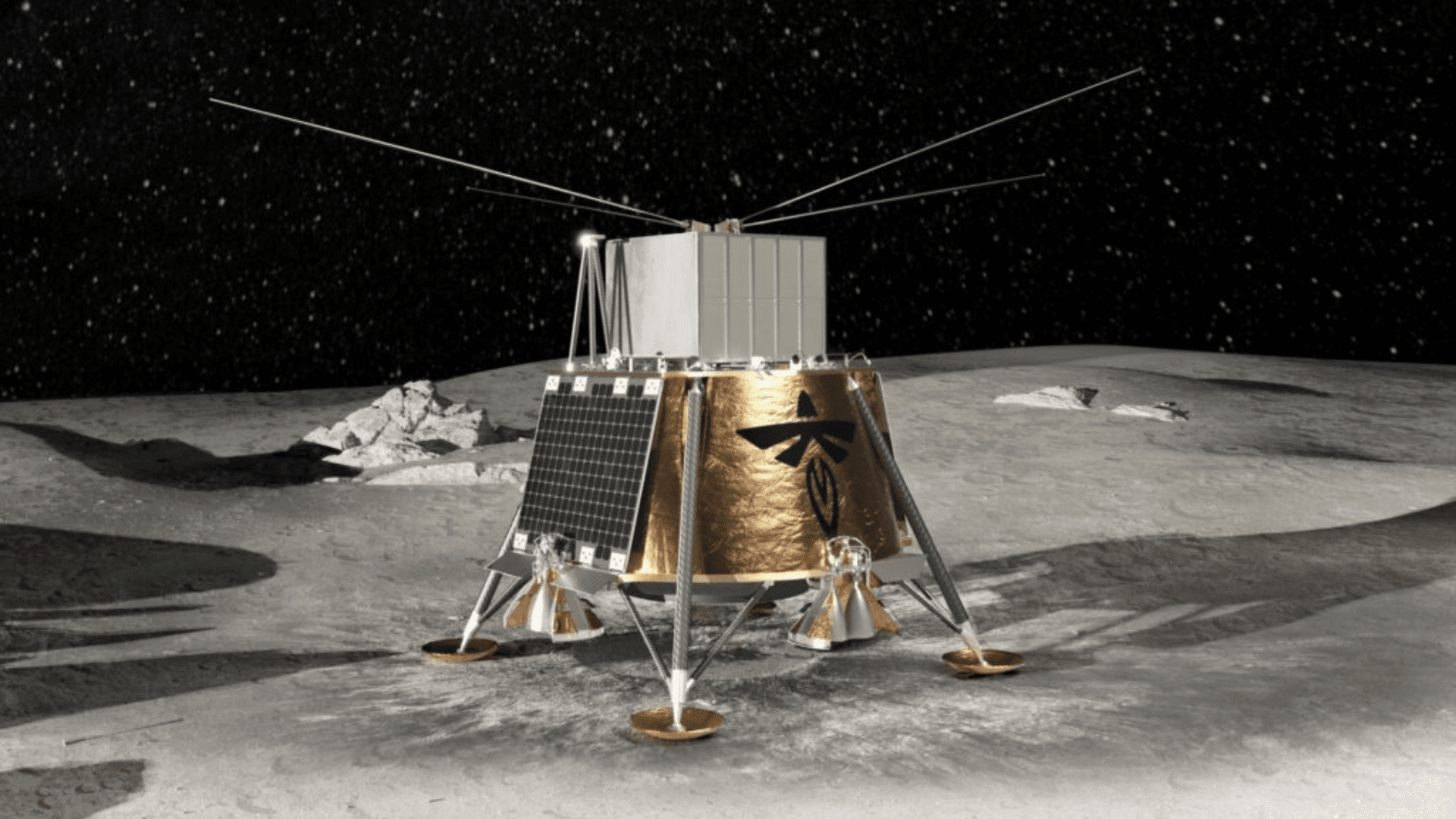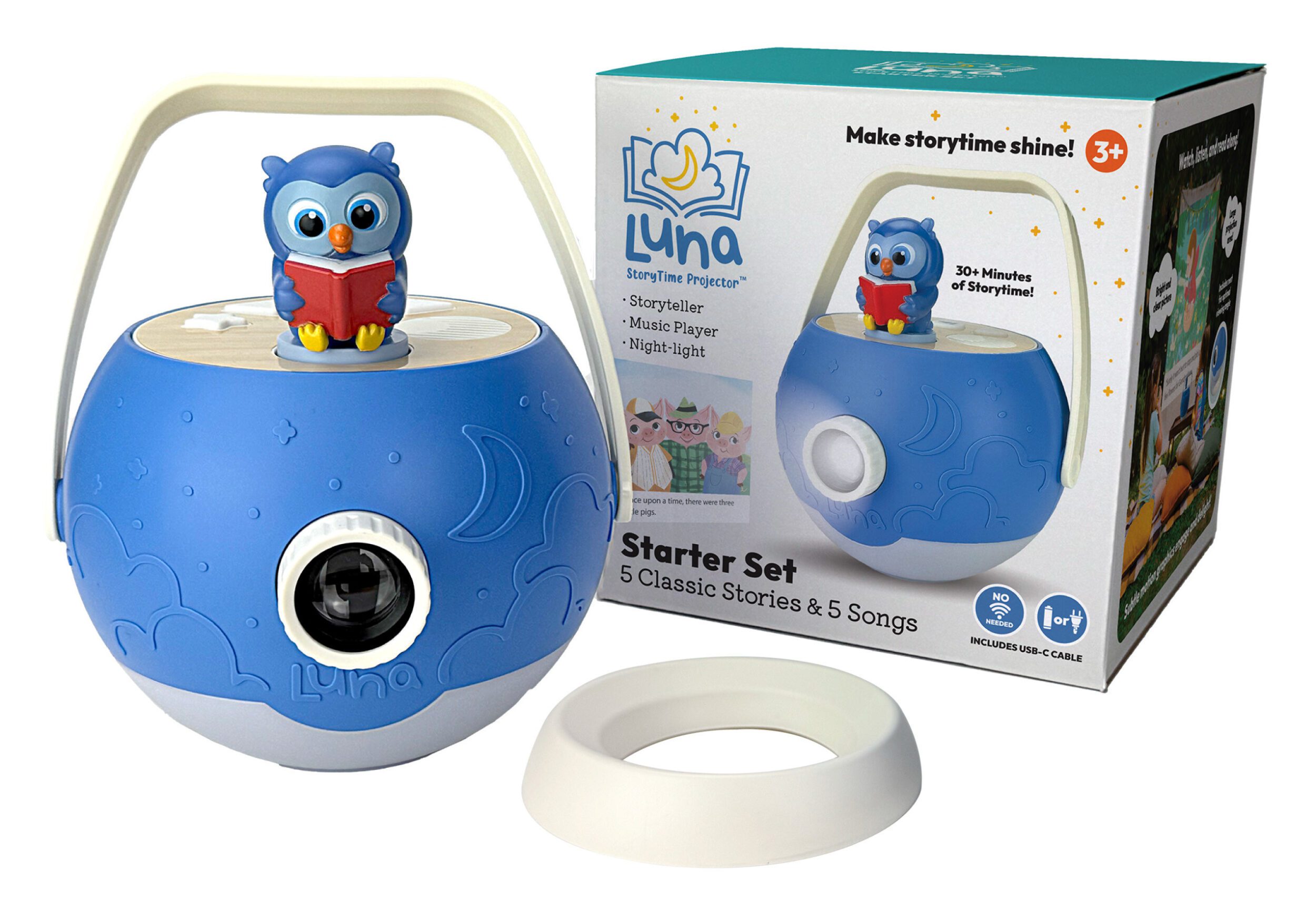NASA is preparing for Moon exploration for the Artemis program. The agency’s preparation takes them to the lunar-like landscape of San Francisco Volcanic Field near Flagstaff, Arizona. NASA is conducting a week-long field test that includes practicing moonwalk scenarios here.
Preparing for Artemis III
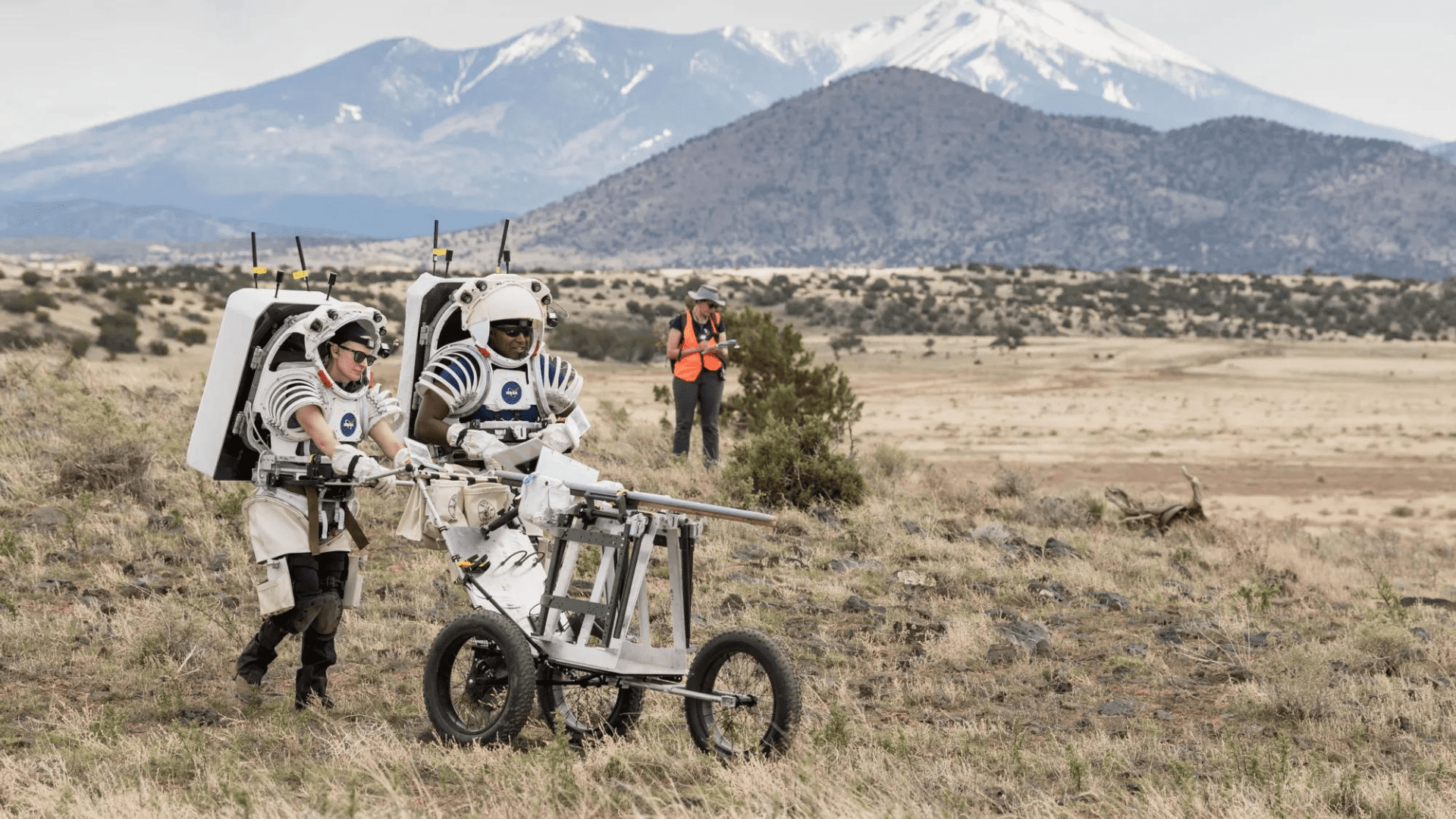
NASA astronauts Kate Rubins and Andre Douglas are crewmembers on the mission who also strapped on the mockup spacesuit in the desert. As they travel through the desert, they’ll complete a series of technology demonstrations, hardware checkouts, and Artemis science-related operations.
During the testing, two teams work together, practicing end-to-end lunar operations. One team consists of astronauts, NASA engineers, and field experts. This team conducts simulated moonwalks in the Arizona desert. Meanwhile, a team of flight controllers and scientists at NASA’s Johnson Space Center in Houston monitor their activities.
Barbara Janoiko, director of the Johnson field test, said, “Field tests play a critical role in helping us test all of the systems, hardware, and technology we’ll need to conduct successful lunar operations during Artemis missions.”
The tests consist of four moonwalks that follow the operations planned for Artemis III and beyond. Additionally, there are six advanced technology runs. Janoiko said, “Our engineering and science teams have worked together seamlessly to ensure we are prepared every step of the way for when astronauts step foot on the Moon again.”
Explore Tomorrow's World from your inbox
Get the latest science, technology, and sustainability content delivered to your inbox.
I understand that by providing my email address, I agree to receive emails from Tomorrow's World Today. I understand that I may opt out of receiving such communications at any time.
Artemis Field Tests
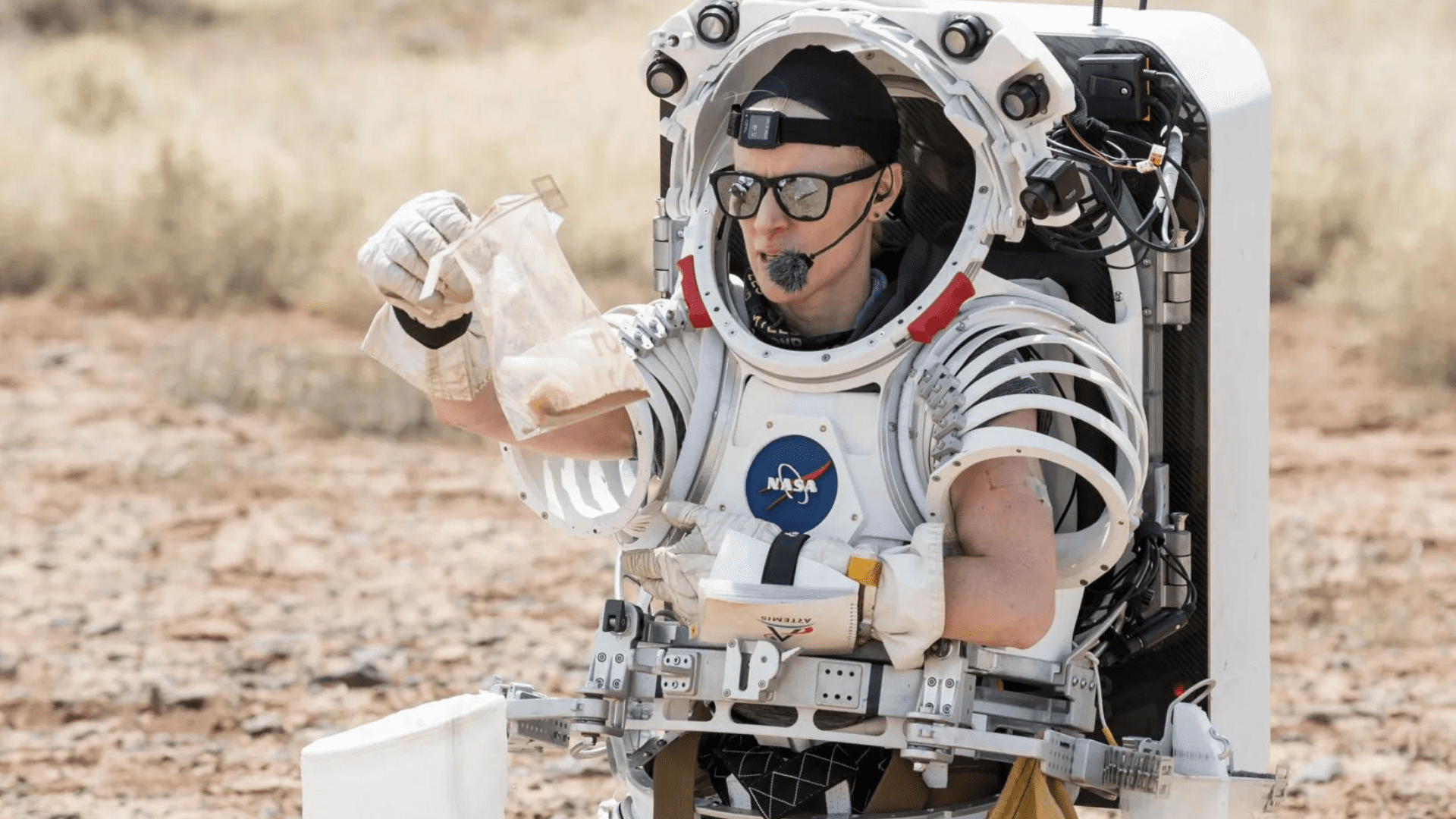
“During Artemis III, the astronauts will be our science operators on the lunar surface with an entire science team supporting them from here on Earth,” said Cherie Achilles, science officer for the test at NASA’s Goddard Space Flight Center in Greenbelt, Maryland. “This simulation gives us an opportunity to practice conducting geology from afar in real-time.”
The test includes obstacles that are present in lunar South Pole operations. This includes data collection and communications with the flight team and the scientists in Houston that ensure rapid decision-making protocols. When the field test is over, all team members will discuss and record lessons learned. NASA will apply those lessons to operations associated with Artemis missions and other technology developments.
NASA always uses field tests to simulate missions and prepare for deep space destinations. Since the Apollo era, the desert in Arizona has been a training ground because of its similarities to the lunar surface, including craters, faults, and volcanic features.
Through Artemis, NASA will land the first woman, person of color, and International partner on the Moon. According to NASA, this will pave the way for further exploration of the Moon and be a stepping stone for astronaut missions to Mars.




